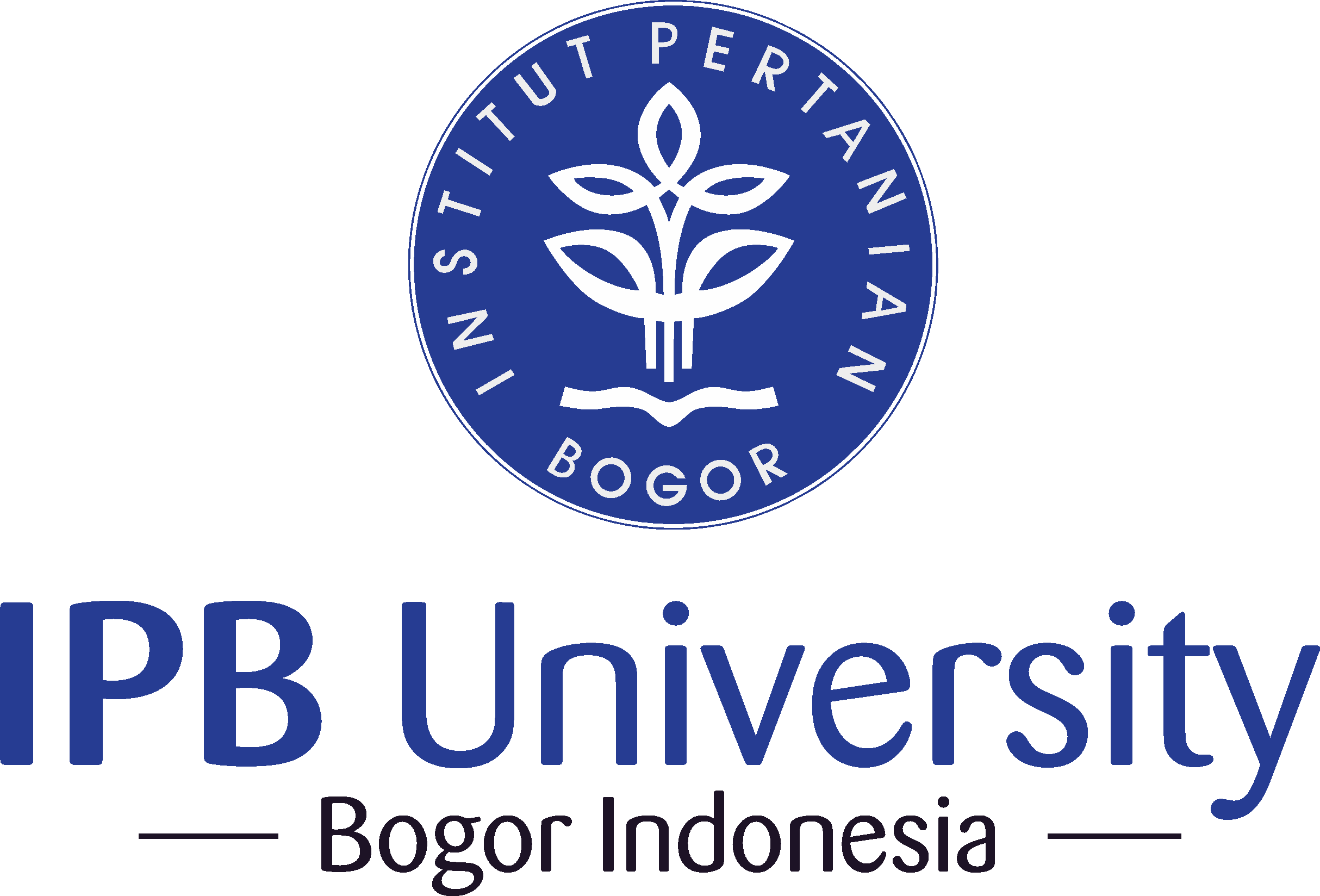Physicochemicals, Organoleptic Properties, and Nutritional Adequacy Rates of Supplementary Food Cookies with the Addition of Whey Protein Powder, a By-Product of Making Dangke
Abstract
The purpose of this research is to develop a supplementary meal for breast milk (CF) using whey protein derived from the byproduct of dangke manufacture, a typical Enrekang dish. The research involved spray drying whey protein powder and making CF cookies with four different whey protein powder addition treatments (0, 10, 20, and 30%). The physicochemical parameters of whey protein powder were studied, and the sensory and nutritional properties of CF cookies were evaluated. A sensory evaluation of the CF cookies found that 20% whey protein powder produced the best results in terms of color, flavor, and texture. Cookies made with 20% whey protein contained 6.80% protein, 22.25% total fat, 65.98% carbohydrate, and a total energy value of 490.73 Kcal/100g. While whey protein cookies contain protein and energy benefits that are comparable with WHO recommendations for CF, some concerns require attention. The total sugar level (24.625%) and salt content (453.67 mg/100 g) were relatively high, necessitating modifications to meet the sugar and sodium limits in CF. This work demonstrates the potential use of whey protein obtained from dangke by-products as a CF ingredient; nevertheless, more refinement is required to optimize its compliance with infant nutritional requirements.
Keywords: complementary food, Enrekang, local food, milk, whey protein
Downloads
References
Agarwal S, Beausire RL, Patel S, Patel H. 2022. Innovative uses of milk protein concentrate in product development. Journal of Dairy Science. 105(2): 1067–1082.
Apriluana G, Fikawati S. 2018. Analisis faktor-faktor risiko terhadap kejadian stunting pada balita (0–59 bulan) di negara berkembang dan Asia Tenggara. Media Penelitian dan Pengembangan Kesehatan. 28(4): 247–256. https://doi.org/10.22435/mpk.v28i4.472
Ardat MA, Wulandari Z, Arief II. 2022. Efektivitas konsentrat papain bubuk, getah pepaya segar, dan papain komersial sebagai koagulan dalam pembuatan dangke. Jurnal Ilmu Pertanian Indonesia. 27(4): 620–626. https://doi.org/10.18343/jipi.27.4.620
Banach JC, Clark S, Lamsal BP. 2019. Optimization of sucrose replacement with maltitol in sugar-snap cookies containing whey protein concentrate. Journal of Food Science. 84(11): 3249–3257.
Carvalho AGS, Silva VM, Hubinger MD. 2020. Microencapsulation by spray drying of emulsified green coffee oil with two-layered membranes. Food Research International. 137: 109641.
Edda C et al. 2024. Investigating the health implications of whey protein consumption. Healthcare. 12(2): 246. https://doi.org/10.3390/healthcare12020246
Fewtrell M, Bronsky J, Campoy C, Domellöf M, Embleton N, Mis NF, Molgaard C. 2019. Complementary feeding: A position paper by the European society for pediatric gastroenterology, hepatology, and nutrition (ESPGHAN) committee on nutrition. Journal of Pediatric Gastroenterology and Nutrition. 69(1): 119–132. https://doi.org/10.1097/MPG.0000000000001454
Gani A, Broadway AA, Ahmad M, Ashwar BA, Wani AA, Wani SM, Masoodi FA. 2021. Effect of whey protein concentrate and potato starch on physicochemical properties of wheat bread. Journal of Food Science and Technology. 58(1): 231–239.
Gutiérrez LF, Hamoudi S, Belkacemi K. 2021. Production of high-quality whey protein concentrates and isolates: Current developments and future perspectives. Trends in Food Science & Technology. 108: 385–396.
Haque E, Whittaker AK, Gidley MJ, Deeth HC. 2022. Physicochemical properties of whey protein-fortified extruded snacks: Effect of extrusion temperature and whey protein concentration. LWT. 154: 112620.
Harna H, Kusharto CM, Roosita K. 2017. Intervensi susu tinggi protein terhadap tingkat konsumsi zat gizi makro dan status gizi pada kelompok usia dewasa. Media Kesehatan Masyarakat Indonesia Universitas Hasanuddin.13(4): 354–361. https://doi.org/10.30597/mkmi.v13i4.3157
Kementerian Kesehatan RI. 2013. Laporan Riskesdas 2013. Jakarta (ID): Badan Penelitian dan Pengembangan Kesehatan.
Kementerian Kesehatan RI. 2018. Laporan Riskesdas 2018. Jakarta (ID): Badan Penelitian dan Pengembangan Kesehatan.
Kementerian Kesehatan RI. 2021. Studi Status Gizi Indonesia (SSGI) 2021. Jakarta (ID): Kementerian Kesehatan.
Kementerian Perencanaan Pembangunan Nasional. 2019. Rencana Pembangunan Jangka Menengah Nasional (RPJMN) 2020–2024. Jakarta (ID): Bappenas.
Luo X, Vasiljevic T, Ramchandran L. 2020. Effect of whey protein concentrations on the rheological and physical properties of processed cheese. International Dairy Journal. 02: 104596.
Michaelsen KF, Grummer-Strawn L, Bégin F. 2020. Emerging issues in complementary feeding: Global aspects. Maternal & Child Nutrition. 16(1): 12939.
Monasdir M, Arief II, Nugrohowati LCE. 2023. The characteristics of dried yoghurt and market test on adolescent consumers, adults and employees in Bogor city. Animal Production. 25(3): 199–208.
Morales FJ, Pérez-Jiménez J, Biguzzi C. 2022. Infant cereals enriched with milk-derived ingredients: Technological challenges and opportunities. Critical Reviews in Food Science and Nutrition. 62(22): 6152–6164.
Oliveira D, Reis F, Delgadillo I, Saraiva JA. 2019. Incorporation of whey protein in cheese: A review. Trends in Food Science & Technology. 91: 1–9.
Paglia L, Friuli S, Colombo S, Paglia M. 2020. The effect of added sugars on children's health outcomes: Obesity, obstructive sleep apnea syndrome (OSAS), attention-deficit/hyperactivity disorder (ADHD), and chronic diseases. European Journal of Paediatric Dentistry. 21(2): 102–106.
Pratama Y, Abduh SBM, Legowo AM. 2021. Physicochemical and sensory characteristics of cookies enriched with whey protein concentrate. IOP Conference Series: Earth and Environmental Science. 749(1): 12–28.
Riyadh NA, Batara AS, Nurlinda A. 2023. Efektivitas kebijakan dalam pelaksanaan program penanggulangan stunting di Kabupaten Enrekang. Journal of Muslim Community Health. 4(1): 1–17.
Safitri AM. 2019. Masalah Gizi yang Paling Sering Terjadi di Indonesia, dari Balita Hingga Dewasa. Jakarta (ID): Kementerian Kesehatan RI.
Sampe A, Toban RC, Madi MA. 2020. Hubungan pemberian ASI eksklusif dengan kejadian stunting pada balita. Jurnal Ilmiah Kesehatan Sandi Husada. 9(1): 448–455. https://doi.org/10.35816/jiskh.v11i1.314
Soltani M, Say D, Guzeler N. 2017. Functional properties and nutritional quality of whey proteins. Journal of International Environmental Application and Science. 12(4): 334–338.
Stobaugh HC, Ryan KN, Kennedy JA, Grise JB, Crocker AH, Thakwalakwa C, Litkowski PE, Maleta KM, Manary MJ, Trehan I. 2016. Including whey protein and whey permeate in ready-to-use supplementary food improves recovery rates in children with moderate acute malnutrition: A randomized, double-blind clinical trial. The American Journal of Clinical Nutrition. 103(3): 926–933. https://doi.org/10.3945/ajcn.115.124636
Sugianto MA. 2021. Analisis kebijakan pencegahan dan penanggulangan stunting di Indonesia: Dengan pendekatan what is the problem represented to be? Jurnal Ekonomi, Manajemen, Bisnis, dan Sosial (EMBISS). 1(3): 197–209
Tontul I, Topuz A. 2020. Spray-drying of fruit and vegetable juices: Effect of drying conditions on the product yield and physical properties. Trends in Food Science & Technology. 99: 118–129.
Venter C, Maslin K, Patil V, Kurukulaaratchy R, Grundy J, Glasbey G, Arshad SH. 2020. The prevalence, natural history and time trends of peanut allergy over the first 10 years of life in two cohorts born in the same geographical location 12 years apart. Pediatric Allergy and Immunology. 31(3): 332–339.
Zhang L, Chen XD, Boom RM, Schutyser MAI. 2023. Functional properties of milk protein ingredients and their application in foods. A review. Trends in Food Science & Technology. 32: 103–117.
Zhou J, Liu J, Tang X. 2020. Effects of whey and soy protein addition on bread rheological property and quality. Journal of Texture Studies. 51(3): 540–548

This work is licensed under a Creative Commons Attribution-NonCommercial 4.0 International License.
This journal is published under the terms of the Creative Commons Attribution-NonCommercial 4.0 International License. Authors who publish with this journal agree to the following terms: Authors retain copyright and grant the journal right of first publication with the work simultaneously licensed under a Creative Commons Attribution-NonCommercial 4.0 International License. Attribution — You must give appropriate credit, provide a link to the license, and indicate if changes were made. You may do so in any reasonable manner, but not in any way that suggests the licensor endorses you or your use. NonCommercial — You may not use the material for commercial purposes.






















